Data cleaning techniques are crucial for ensuring data accuracy. By eliminating errors and inconsistencies, you significantly enhance the quality of your dataset, resulting in more reliable insights. However, challenges such as handling missing information or rectifying structural errors can arise. Overcoming these obstacles is crucial for efficient data management. Tools like FineDataLink and FineBI can help streamline this process, maintaining clean and actionable data. Ultimately, proficient data cleaning enhances decision-making and boosts the quality of analytical results.
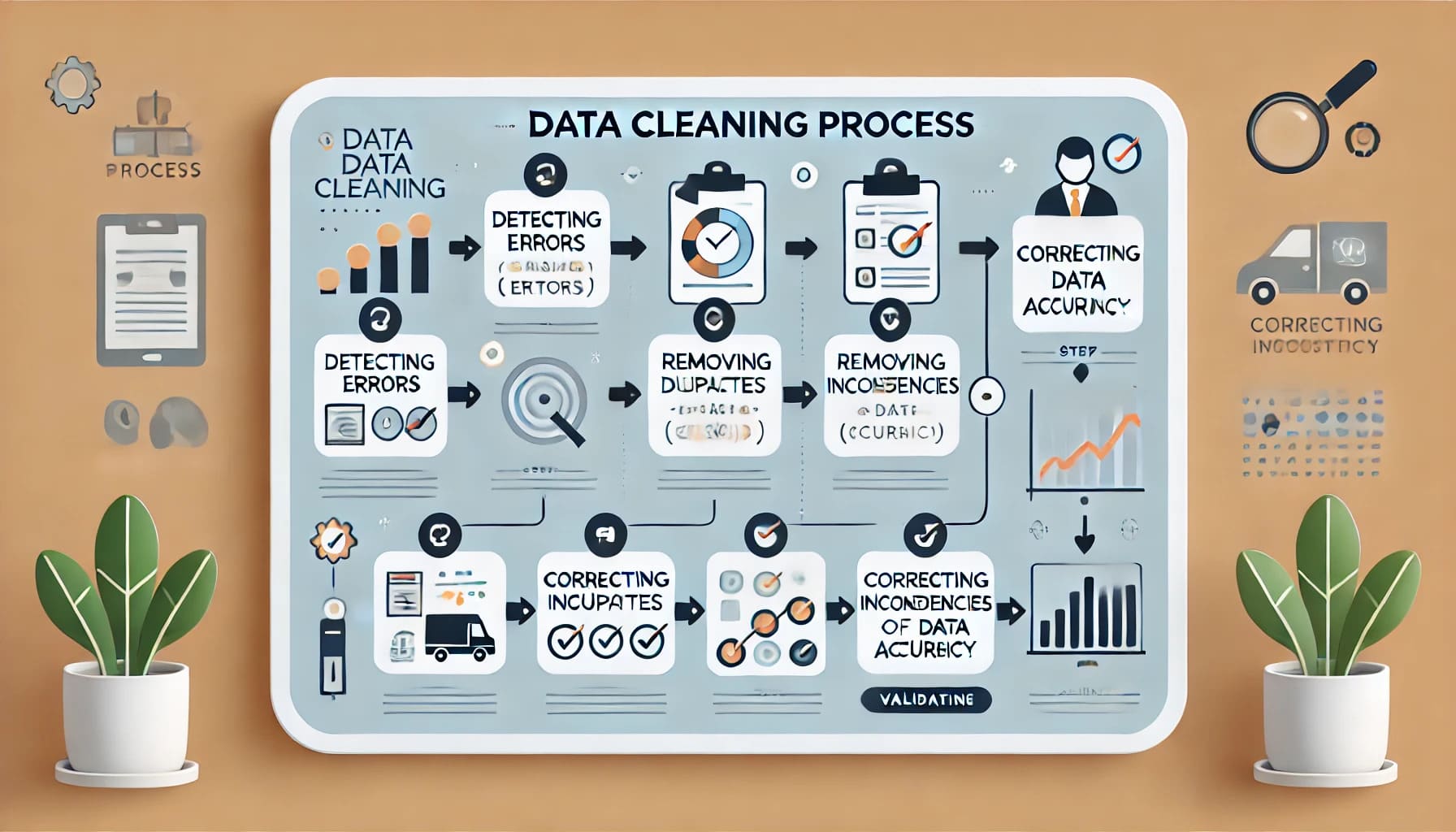
Exploring Effective Data Cleaning Techniques
Definition of Data Cleaning
What is Data Cleaning?
Data cleaning involves detecting and correcting errors, inconsistencies, and inaccuracies in datasets to ensure the data is accurate, complete, and analysis-ready. By applying robust data cleaning techniques, you can transform raw data into a dependable resource for informed decision-making. This process typically includes eliminating irrelevant data, rectifying errors, and addressing missing values.
Scientific Research Findings: According to a study published in the International Journal of Medical Research, effective data cleaning can transform dirty data into clean, reliable data, which is crucial for high-quality analysis.
Why is Data Cleaning Important?
Data cleaning is essential because it directly impacts the quality of your analysis. Without it, you risk basing decisions on flawed data, leading to inaccurate conclusions. Clean data ensures trustworthiness and correctness, which are vital for meaningful results. By employing data cleaning techniques, you enhance the reliability of your insights and support informed decision-making.
Scientific Research Findings: A comprehensive guide highlights that failing to clean data can jeopardize analytical outcomes and hinder decision-making. Clean data reduces errors and biases, leading to more accurate analysis.
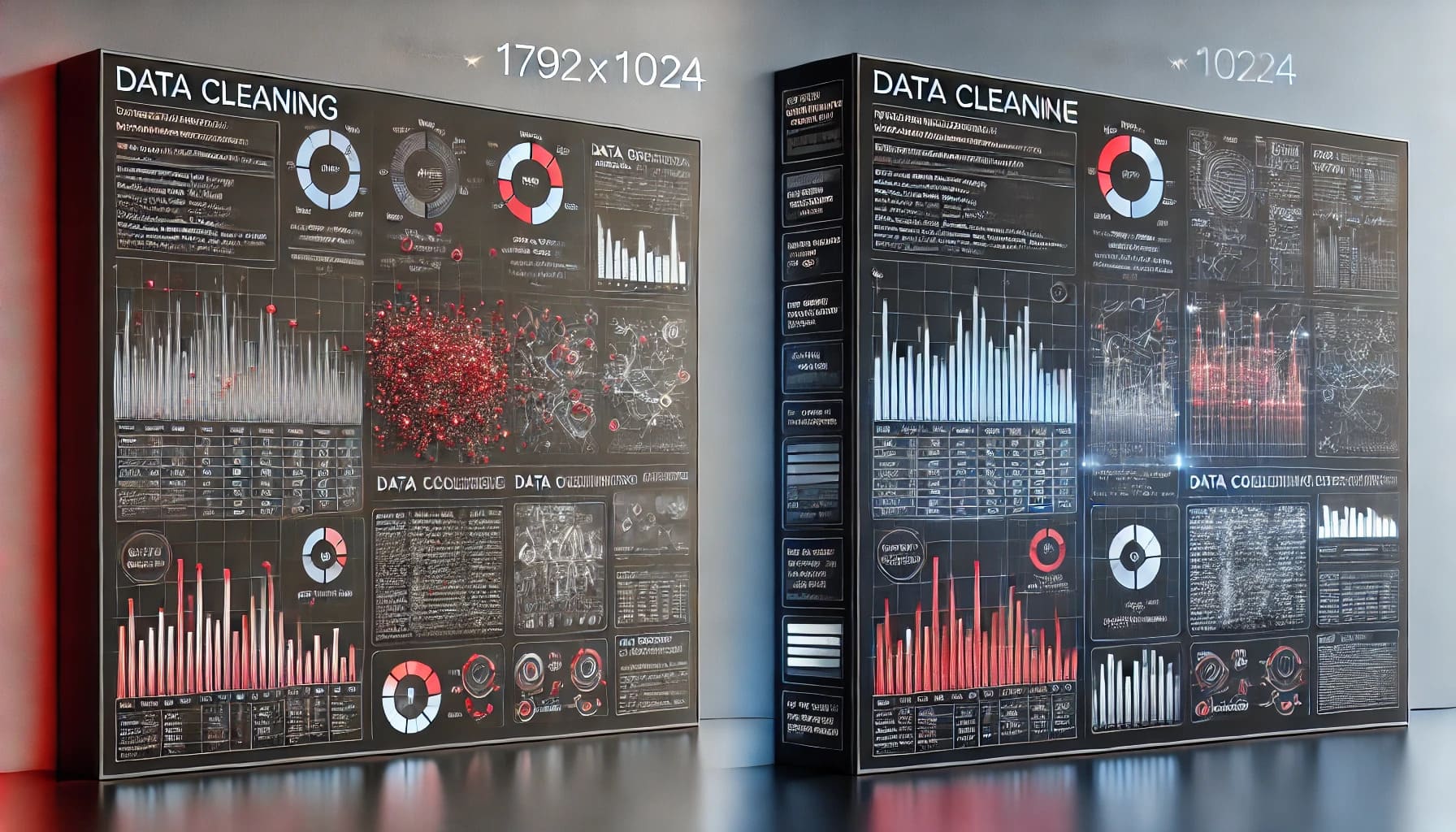
Common Data Cleaning Challenges
Incomplete Data
Incomplete data occurs when datasets have missing values or gaps. This can skew analysis and lead to incorrect conclusions. You need to identify these gaps and decide whether to fill them with estimated values or remove them entirely. Data cleaning techniques help in addressing these issues by ensuring data completeness.
Inconsistent Data
Inconsistent data arises when there are discrepancies in data formats or entries. For example, dates might be recorded in different formats, or names might be spelled differently. Such inconsistencies can lead to confusion and errors in analysis. By standardizing data formats and checking data types, you maintain consistency across your dataset.
Inconsistent data arises when there are discrepancies in data formats or entries. For example, dates might be recorded in different formats, or names might be spelled differently. Such inconsistencies can lead to confusion and errors in analysis. By standardizing data formats and checking data types, you maintain consistency across your dataset.
Duplicate Data
Duplicate data refers to repeated entries within a dataset. These duplicates can inflate results and distort analysis. Removing duplicate entries ensures that each data point is unique and contributes accurately to your analysis. Data cleaning techniques play a crucial role in identifying and eliminating these redundancies.
Scientific Research Findings: Data cleaning involves removing unwanted observations and outliers, fixing errors, and validating results. This complex process is essential for maintaining high-quality databases and ensuring accurate analysis.
Exploring Data Cleaning Techniques and Their Relationship to Key Concepts
Data Cleaning vs. Data Transformation

Key Differences
When you work with data, understanding the difference between data cleaning and data transformation is crucial. Data cleaning focuses on identifying and correcting errors, inconsistencies, and inaccuracies in datasets. It ensures that your data is accurate and reliable. On the other hand, data transformation involves converting data from one format or structure into another. This process makes data more accessible and easier to handle. While data cleaning ensures dataset accuracy and completeness, data transformation ensures data is in the required format for analysis.
When to Use Each
You should use data cleaning when your primary goal is to improve the quality of your data by removing errors and inconsistencies. This step is essential before any analysis to ensure that your insights are based on accurate information. In contrast, data transformation is necessary when you need to change the format or structure of your data. This might be required to integrate data from different sources or to prepare it for specific analytical tools. Both processes are integral to the ETL (Extract, Transform, Load) process, ensuring that transformed data is accurate, consistent, and reliable.
Data Cleaning vs. Data Validation
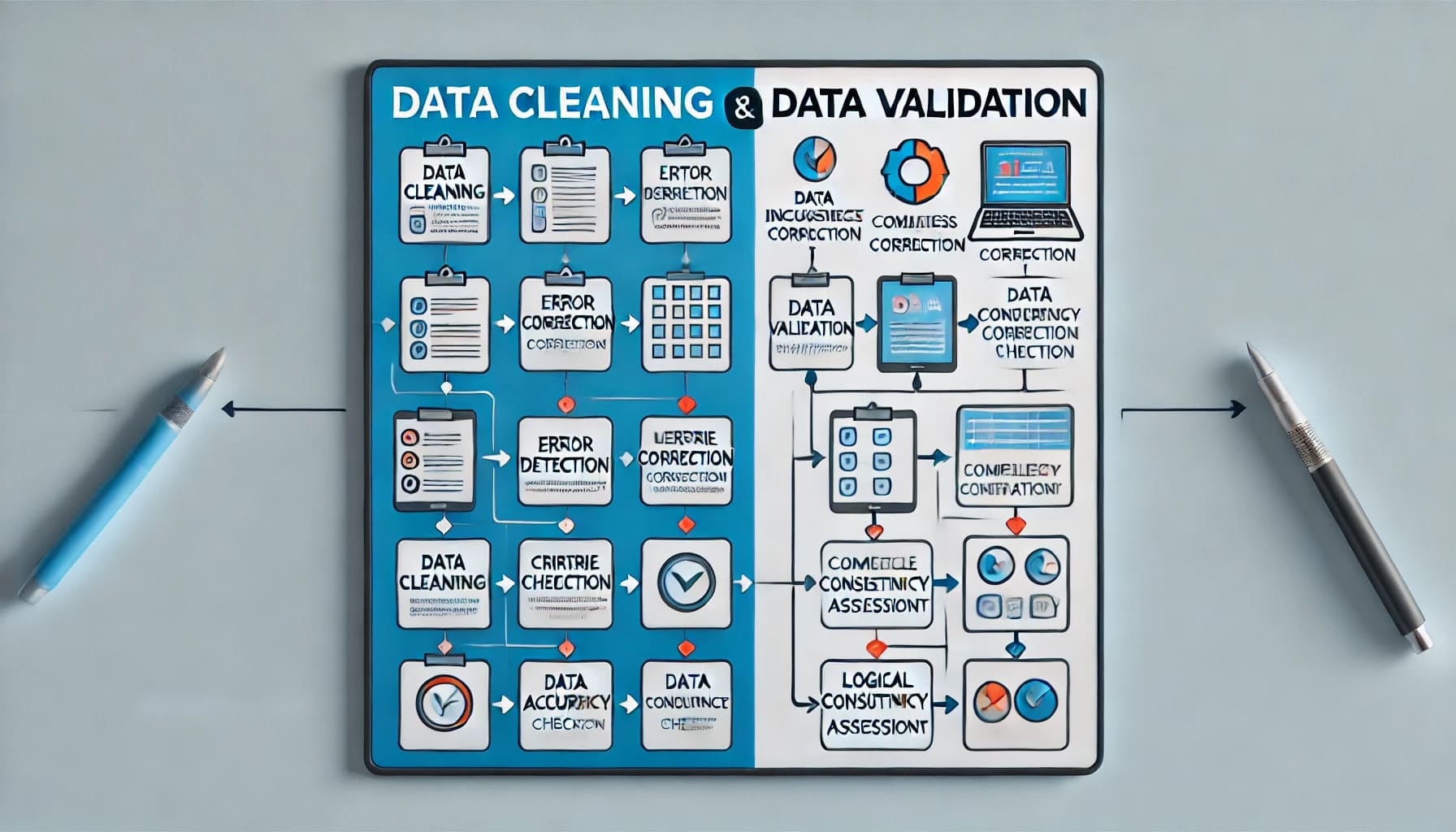
Key Differences
Data cleaning and data validation are both vital for maintaining high-quality datasets, but they serve different purposes. Data cleaning involves identifying and rectifying errors, inconsistencies, and inaccuracies in data. It focuses on ensuring that the data is correct and ready for analysis. In contrast, data validation checks whether the data meets specific criteria or standards. It ensures that the data is logical, complete, and within acceptable ranges.
When to Use Each
You should employ data cleaning when you need to correct errors and inconsistencies in your dataset. This process is crucial for preparing data for analysis. Data validation, however, is used to verify that the data conforms to predefined rules or constraints. It is often performed after data cleaning to ensure that the cleaned data is still valid and meets the necessary standards. By using both techniques, you can maintain a high level of data integrity and reliability, which is essential for accurate analysis and decision-making.
Key Characteristics of Effective Data Cleaning Techniques
Accuracy
Ensuring Data Accuracy
You must prioritize accuracy when cleaning data. Accurate data forms the foundation of reliable analysis. By ensuring data accuracy, you eliminate errors that could skew your results. This involves verifying that each data point is correct and reflects reality. For instance, if you have numerical data, check for any outliers or anomalies that might indicate errors.
Scientific Research Findings: According to the International Journal of Medical Research, data cleaning is crucial for data quality management. Without it, you risk a 'garbage in, garbage out' scenario, where inaccurate data leads to unreliable outcomes.
Consistency
Maintaining Data Consistency
Consistency in dataset ensures that all data entries follow the same format and structure. This uniformity is vital for seamless analysis. You should standardize data formats, such as dates and units of measurement, to maintain consistency. Inconsistent data can lead to confusion and errors during analysis. By maintaining consistency, you ensure that your dataset is coherent and easy to interpret.
Scientific Research Findings: The Sprinkle Data Blog highlights that data cleaning aims to improve the quality and accuracy of raw datasets by detecting and correcting inconsistencies. This process plays a decisive role in enhancing data quality.
Completeness
Achieving Data Completeness
Completeness means that your dataset contains all necessary information without missing values. Incomplete data can lead to gaps in analysis and potentially incorrect conclusions. You should identify missing data and decide whether to fill these gaps with estimated values or remove them entirely. Achieving data completeness ensures that your analysis is comprehensive and reliable.
Scientific Research Findings: As noted in the Sigma Computing journal, data cleaning involves revising, rectifying, and organizing information in a dataset. This ensures high-quality datasets suitable for applications like business intelligence and decision-making.
By focusing on accuracy, consistency, and completeness, you enhance the quality of your data. These characteristics are essential for effective data cleaning, leading to more accurate and insightful analysis.
Advantages of Employing Effective Data Cleaning Techniques
Improved Data Quality
How Data Quality Impacts Analysis
You must prioritize data quality to achieve accurate analysis. Clean data reduces errors, inconsistencies, and biases, providing a solid foundation for further processing or analysis tasks. When you ensure high-quality data, you enhance the reliability of your insights. This leads to more trustworthy conclusions and supports informed decision-making. By implementing data cleaning best practices, you maintain data accuracy, reliability, and value for your needs.
Scientific Insight: Proper data cleaning is a critical step to ensure accurate and trustworthy results in data analysis. Without it, you risk basing decisions on flawed data, leading to inaccurate conclusions.
Enhanced Decision Making
Role of Clean Data in Decision Making
Clean data plays a crucial role in decision-making. It provides accurate and reliable information, essential for the success of market research studies and better decision-making. When you remove errors, fill missing data, and standardize data entry, you ensure that your data remains reliable for analysis. This process enhances your ability to make informed decisions based on solid evidence.
Scientific Insight: Data cleansing improves data quality and provides more accurate, consistent, and reliable information for decision-making. By focusing on data quality, you support better decision-making and strategic growth.
Key Steps to Implement Effective Data Cleaning Techniques
To achieve accurate and reliable analysis, you must follow practical steps in data cleaning techniques. These steps ensure that your data is ready for insightful analysis and decision-making.

Data Profiling
Understanding Your Data
Before diving into data cleaning, you need to understand your data thoroughly. Data profiling helps you gain insights into the structure, content, and quality of your dataset. By examining your data, you can identify patterns, anomalies, and potential issues. This step sets the foundation for effective data cleaning techniques. You should look for inconsistencies, missing values, and duplicate entries. Understanding your data allows you to tailor your cleaning approach to address specific challenges.
Data Cleaning Techniques
Removing Duplicates
Duplicate data can distort your analysis and lead to inaccurate conclusions. You must identify and remove these duplicates to ensure each data point contributes uniquely to your analysis. Use data cleaning tools to automate this process, saving time and effort. By eliminating duplicates, you enhance the accuracy and reliability of your dataset.
Handling Missing Values
Missing values can create gaps in your analysis. You need to decide how to handle these gaps. You can fill them with estimated values or remove them entirely, depending on the context. Data cleaning techniques help you address missing values effectively. By ensuring data completeness, you improve the quality of your analysis and the insights you derive from it.
Data Standardization
Ensuring Uniformity in Data
Data standardization ensures consistency across your dataset. You must standardize data formats, such as dates and units of measurement, to maintain uniformity. This step prevents confusion and errors during analysis. By applying data cleaning techniques, you ensure that your data follows a consistent format, making it easier to interpret and analyze.
Product Information: Data cleaning techniques are essential for obtaining accurate results in various analyses, such as customer experience insights and market research. Using a data cleaning tool can save time and effort while providing reliable data.
By following these practical steps, you enhance the quality of your data. Effective data cleaning techniques lead to more accurate and insightful analysis, supporting informed decision-making.
Essential Tools for Effective Data Cleaning Techniques
In the realm of data cleaning, selecting the right tools can significantly enhance your efficiency and effectiveness. Various tools cater to different needs, from open-source options to commercial solutions. Let's explore some popular tools and how they can assist you in maintaining clean and reliable datasets.
Open Source Tools
Overview of Popular Tools
Open-source tools offer flexibility and cost-effectiveness for data cleaning tasks. Here are some noteworthy options:
- OpenRefine: Formerly known as Google Refine, this tool excels in data cleaning and transformation. It allows you to handle large datasets with ease. You can use its faceting and clustering features to manage data effectively. OpenRefine supports data reconciliation between multiple sources, ensuring consistency.
- DataCleaner: This tool focuses on data cleansing tasks. It provides a user-friendly interface for identifying and rectifying errors in your datasets. DataCleaner helps you maintain data quality by offering various cleaning functions.
- Data Wrangler: Developed by Stanford University, this web-based tool simplifies data cleaning and reorganization. You can remove invalid data and organize it into desired formats with just a few clicks. Data Wrangler also allows you to export data operations to Python code, enhancing its versatility.
Commercial Tools
Overview of Popular Tools
Commercial tools often provide advanced features and support, making them suitable for enterprise-level data cleaning:
Trifacta Wrangler: This tool offers robust data profiling, transformation, and validation features. It simplifies the process of exploring and preparing messy data for analysis. Trifacta Wrangler's intuitive interface makes it easy to clean and organize data efficiently.
FanRuan's FineDataLink and FineBI
FanRuan offers two powerful tools that can revolutionize your data cleaning and analysis processes: FineDataLink and FineBI.

How FineDataLink Assists in Data Cleaning
FineDataLink serves as an all-in-one data integration platform. It simplifies complex data integration tasks with its low-code approach. You can automate data extraction, transformation, and loading processes, reducing manual efforts and errors. FineDataLink handles diverse data formats and synchronizes data in real-time, ensuring your datasets remain clean and up-to-date. Its ETL/ELT functions allow for efficient data preprocessing, making it an invaluable tool for building high-quality data layers.

Role of FineBI in Data Analysis
FineBI empowers you to connect, analyze, and share data across your organization. It transforms raw data into insightful visualizations, enabling informed decision-making. FineBI's high-performance computing engine processes massive datasets, supporting real-time analysis. With flexible ETL and ELT data processing modes, FineBI ensures data quality and security. Its role-based access control and augmented analytics features make it a comprehensive solution for various data analysis needs.
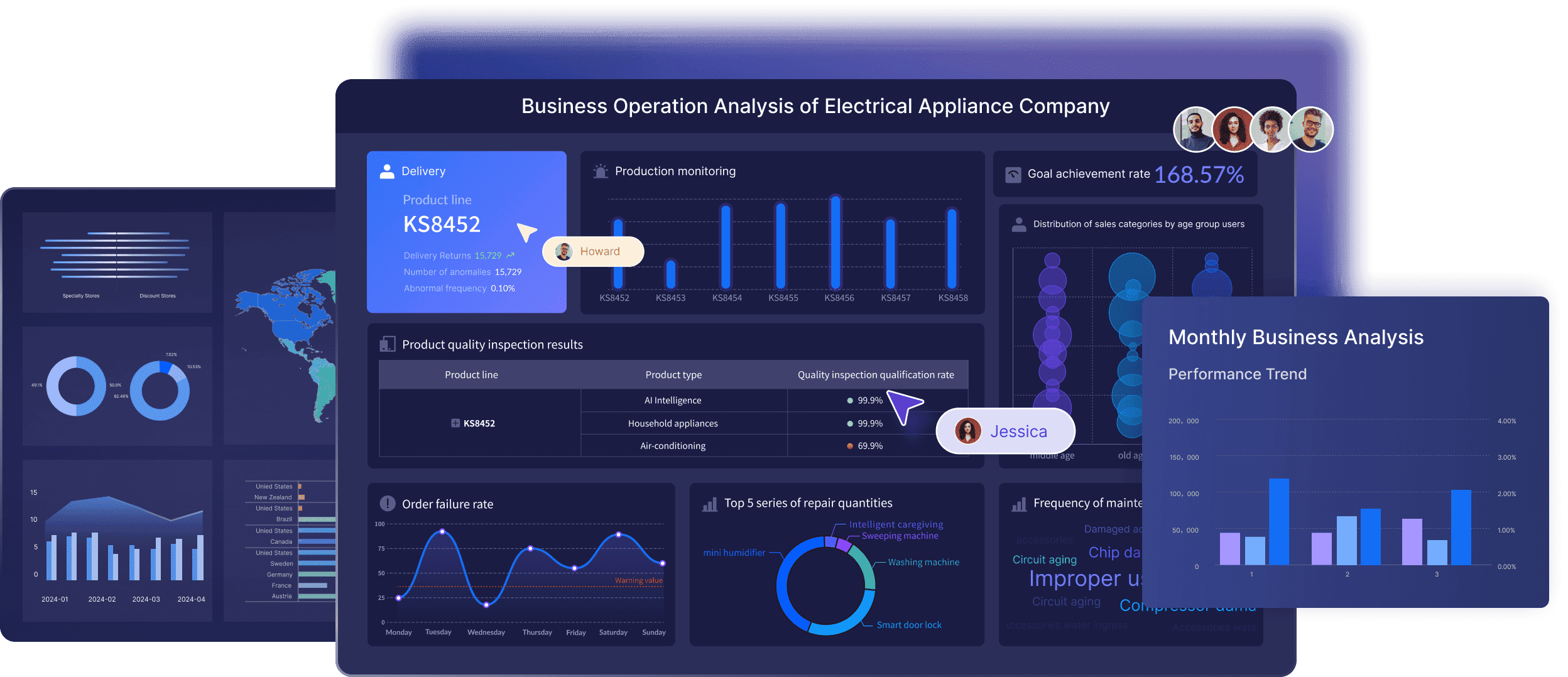
By leveraging FineDataLink and FineBI, you can streamline your data cleaning and analysis processes. These tools enhance data quality, leading to more accurate and insightful analysis. Whether you're dealing with open-source or commercial tools, choosing the right ones can significantly impact your data management and decision-making capabilities.

Practical Applications of Data Cleaning Techniques in Real-World Scenarios
Data cleaning techniques are not just theoretical concepts; they have practical applications that significantly impact various industries. By examining real-life case studies and industry applications, you can understand how these techniques enhance data quality and drive better outcomes.
Case Studies
Successful Data Cleaning Projects
Project Phoenix: Revitalizing Retail Data
In the retail sector, a company faced challenges with inconsistent and duplicate customer data. They implemented a comprehensive data cleaning framework to address these issues. The process involved:
- Identifying and removing duplicate entries
- Standardizing data formats for consistency
- Filling in missing values with estimated data
As a result, the company improved its customer insights and enhanced its marketing strategies. This project highlights the power of data cleaning techniques in transforming raw data into actionable insights.
Healthcare Data Transformation
A healthcare organization struggled with incomplete patient records, which hindered effective treatment planning. By adopting a standardized data cleaning process, they achieved:
- Improved data accuracy and completeness
- Enhanced patient care through reliable data
- Streamlined operations with clean datasets streamlined operations
This case study demonstrates how data cleaning techniques can lead to better healthcare outcomes by ensuring high-quality data.
Industry Applications
Data Cleaning in Various Industries
Data cleaning techniques play a crucial role across different sectors. Here are some notable applications:
- Finance: Financial institutions use data cleaning to ensure accurate transaction records and compliance with regulations. By maintaining clean data, they reduce the risk of errors and fraud.
- Education: Schools and universities apply data cleaning techniques to manage student records. This ensures accurate reporting and analysis, leading to better educational outcomes.
- Manufacturing: In manufacturing, clean data supports efficient supply chain management and quality control. By eliminating inconsistencies, companies optimize production processes and reduce waste.
Insight: A standardized data cleaning process is essential for generating real-world evidence. It ensures that data used in research and decision-making is reliable and valid.
By understanding these real-life applications, you can appreciate the importance of data cleaning techniques in various industries. These techniques not only improve data quality but also enhance decision-making and operational efficiency.
Data cleaning is essential for ensuring the accuracy and reliability of your analysis. By implementing effective data cleaning techniques, you enhance the quality of your data, leading to more meaningful and actionable insights. Clean data reduces errors and inconsistencies, providing a solid foundation for informed decision-making. As you embrace these practices, remember that mastering data cleaning tasks ensures high-quality analytics results. Prioritize data cleaning in your workflow to achieve precise and dependable outcomes.
Click the banner below to experience FineDataLink for free and empower your enterprise to convert data into productivity!
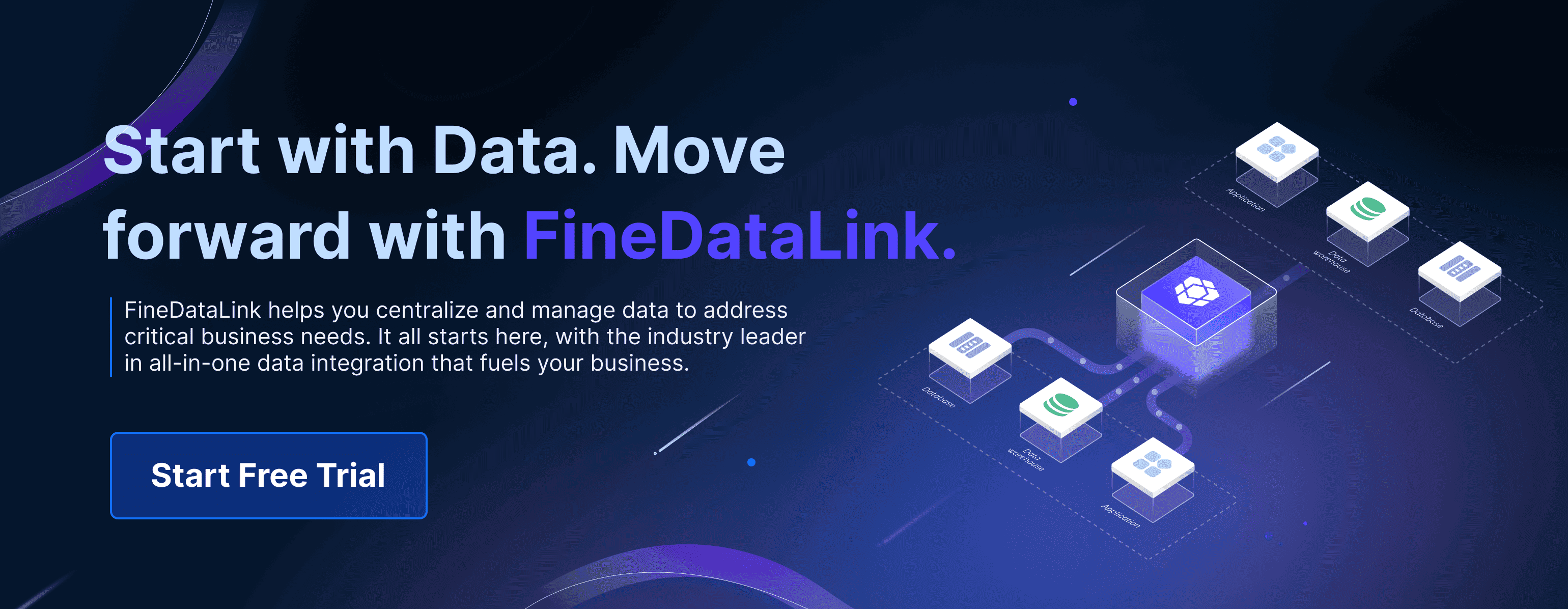
Continue Reading About Data Integration
Essential Data Integration: A Beginner's Guide
Top Data Integration Tools: 2025 Guide
Top 10 Data Integration Software for 2025
What is API Data Integration? API vs Data Integration
Best Data Integration Platforms to Use in 2025
Enterprise Data Integration: A Comprehensive Guide
Top 7 Data Integration Patterns for Modern Enterprises
FAQ

The Author
Howard
Data Management Engineer & Data Research Expert at FanRuan
Related Articles
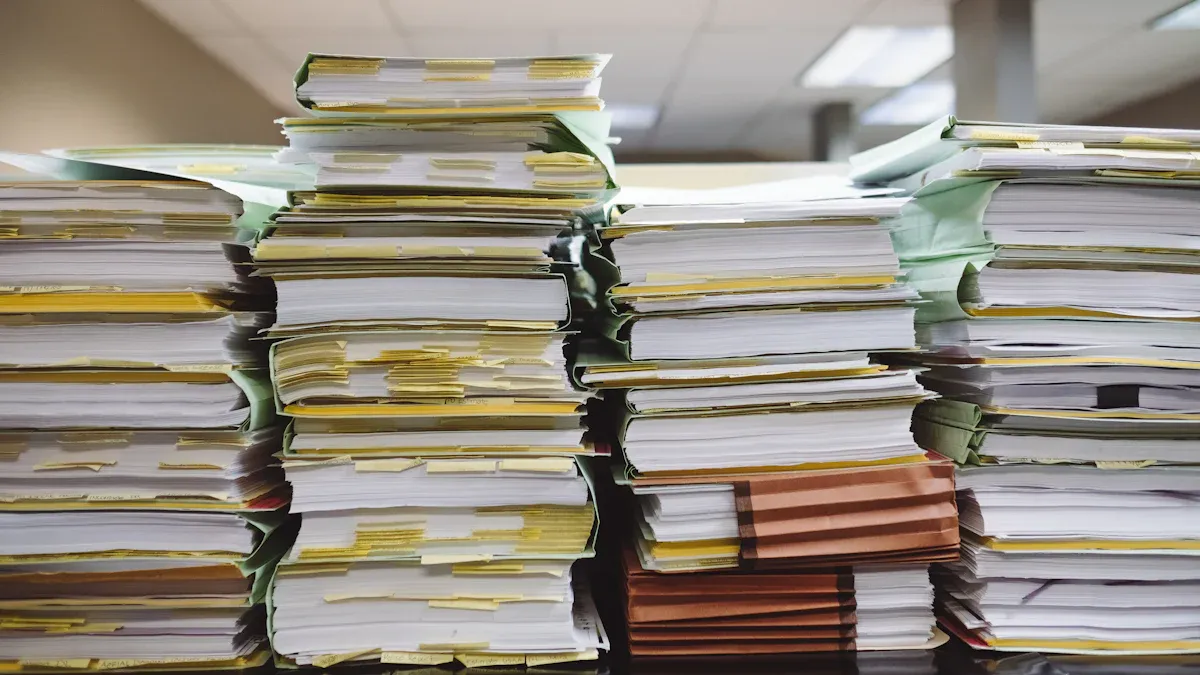
10 Best Data Orchestration Tools for 2025 You Should Know
Compare the best data orchestration tools for 2025 to streamline workflows, boost automation, and improve data integration for your business.
Howard
Nov 28, 2025

10 Best Enterprise ETL Tools for Data Integration
Compare the 10 best enterprise ETL tools for data integration in 2025 to streamline workflows, boost analytics, and support scalable business growth.
Howard
Oct 02, 2025

What is Real Time Data Integration and Why It Matters
Real time data integration connects systems for instant, accurate data access, enabling faster decisions, improved efficiency, and better customer experiences.
Howard
Sep 24, 2025



